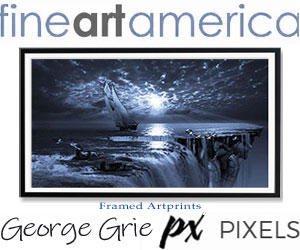 White Castle or Voluntary incarceration: definitions White Castle or Voluntary incarceration: definitions
A castle is a defensive structure seen as one of the main symbols of the Middle Ages.
The term has a history of scholarly debate surrounding its exact meaning, but is is usually regarded as being distinct from the general terms fort or fortress in that it describes a building which serves as a residence and commands a specific territory. Castle comes from the Latin word castellum meaning "fortress". This is a diminutive of the word castrum, which means, "fortified place".
The word "castle" (castel) was introduced into English shortly before the Norman Conquest to denote this new type of fortress, then new to England, brought in by the Norman knights. In Spain, a fortified dwelling on a height for the administering authority retains its Moorish name of alczar, whilst shiro also figure prominently in Japanese history.
A French castle is a chteau-fort, for in French a simple chteau connotes a grand country house at the center of an estate, with non-military, purely residential function. When European castles were opened up and expanded into pleasure dwellings and powerhouses from the late 15th century, their "castle" designations, relics of the feudal age, often remained attached to the dwelling, resulting in many non-military castles and chteaux. In Germany there are two names for what would be called a castle in English, Burg and Schloss.
A Burg is a medieval structure of military significance, while a Schloss was built after the Middle Ages as a palace and not for defensive purposes. However, these are not usually palaces in the French style, but instead are styled on medieval mountain castles and fairytale notions, and from all appearances are often castles to an English speaker.
Voluntary, intentional, deliberate, willful, willing.
These adjectives mean being or resulting from one's own free will. Voluntary implies the operation of unforced choice: "Ignorance, when it is voluntary, is criminal" (Samuel Johnson). Intentional applies to something undertaken to further a plan or realize an aim: "I will abstain from all intentional wrongdoing and harm" (Hippocratic Oath).
Deliberate stresses premeditation and full awareness of the character and consequences of one's acts: taking deliberate and decisive action. Willful implies deliberate, headstrong persistence in a self-determined course of action: a willful waste of time. Willing suggests ready or cheerful acquiescence in the proposals or requirements of another: "The first requisite of a good citizen . is that he shall be able and willing to pull his weight" (Theodore Roosevelt).
Incarceration
is the detention of a person in jail or prison. People are most commonly incarcerated upon suspicion (or conviction) of committing a crime. Historically, the frequency of imprisonment, its duration, and severity have varied considerably. There has also been much debate about the motives for incarceration, its effectiveness and fairness, as well as debate regarding the related questions about the nature and etiology of criminal behavior.
A prison, penitentiary, or correctional facility is a place in which individuals are physically confined or interned, and usually deprived of a range of personal freedoms. Prisons are conventionally institutions, which form part of the criminal justice system of a country, such that imprisonment or incarceration is a legal penalty that may be imposed by the state for the commission of a crime. A criminal suspect who has been charged with or is likely to be charged with a criminal offense may be held on remand in prison if he or she is denied, refused or unable to meet conditions of bail, or is unable to post bail. This may also occur where the court determines that the suspect is at risk of absconding before the trial, or is otherwise a risk to society. A criminal defendant may also be held in prison while awaiting trial or a trial verdict. If found guilty, a defendant will be convicted and may receive a custodial sentence requiring imprisonment. |
